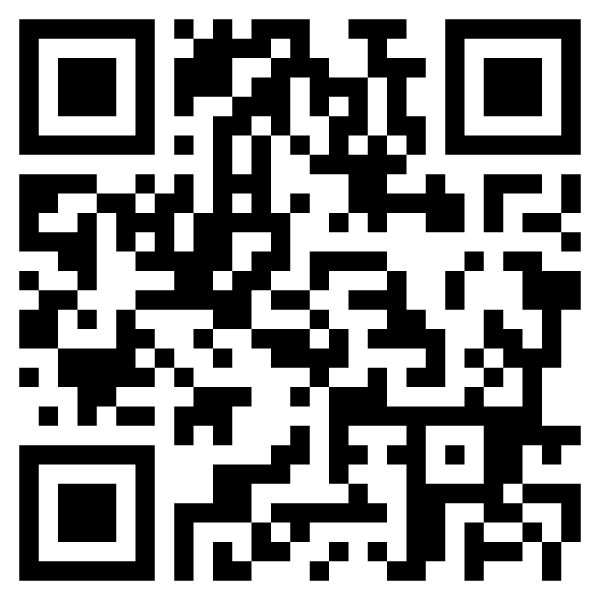“铁人”细菌如何帮助保护环境
How 'Iron Man' bacteria could help protect the environment
“铁人”细菌如何帮助保护环境
by Michigan State University
密歇根州立大学

This Geobacter cell—which looks a bit like a gray peanut in this microscope image—is speckled with a dark coating of cobalt minerals that would be toxic to many organisms. Credit: Hunter Dulay, MSU
这个地球细菌细胞在显微镜图像中看上去有点像灰色的花生,上面散布着深色的钴矿物质,对许多生物体都有毒。图片来源:MSU的Hunter Dulay
When Michigan State University's Gemma Reguera first proposed her new research project to the National Science Foundation, one grant reviewer responded that the idea was not "environmentally relevant."
当密歇根州立大学的杰玛·雷格拉(Gemma Reguera)首次向国家科学基金会提出她的新研究项目时,一位拨款审查员回应说,这一想法与环境无关。
As other reviewers and the program manager didn't share this sentiment, NSF funded the proposal. And, now, Reguera's team has shown that microbes are capable of an incredible feat that could help reclaim a valuable natural resource and soak up toxic pollutants.
由于其他审稿人和项目经理没有分享这一观点,因此NSF为该提案提供了资金。而且,现在,雷古拉(Reguera)的团队已经表明,微生物具有非凡的壮举,可以帮助回收宝贵的自然资源并吸收有毒污染物。
"The lesson is that we really need to think outside the box, especially in biology. We just know the tip of the iceberg. Microbes have been on earth for billions of years, and to think that they can't do something precludes us from so many ideas and applications," said Reguera, a professor in the Department of Microbiology and Molecular Genetics.
“教训是,我们真的需要在框外进行思考,尤其是在生物学方面。我们只知道冰山一角。微生物已经存在了数十亿年,并且认为它们不能做某些事情使我们无法从事这么多的想法和应用,”微生物学和分子遗传学系教授Reguera说。
Reguera's team works with bacteria found in soil and sediment known as Geobacter. In its latest project, the team investigated what happened to the bacteria when they encounter cobalt.
Reguera的团队研究土壤和沉积物中的细菌,称为Geobacter。在最新项目中,研究小组调查了细菌在遇到钴时发生了什么情况。
Cobalt is a valuable but increasingly scarce metal used in batteries for electric vehicles and alloys for spacecraft. It's also highly toxic to livings things, including humans and bacteria.
钴是一种宝贵的金属,但越来越稀有,用于电动汽车的电池和航天器的合金中。它对包括人类和细菌在内的生物也具有剧毒。
"It kills a lot of microbes," Reguera said. "Cobalt penetrates their cells and wreaks havoc."
雷瓜拉说:“它杀死了许多微生物。” “钴穿透细胞并造成严重破坏。”
But the team suspected Geobacter might be able to escape that fate. These microbes are a hardy bunch. They can block uranium contaminants from getting into groundwater, and they can power themselves by pulling energy from minerals containing iron oxide. "They respire rust," Reguera said.
但是研究小组怀疑,Geobacter可能能够摆脱这种命运。这些微生物很强壮。它们可以阻止铀污染物进入地下水,并且可以通过从含氧化铁的矿物中提取能量来为自己供电。雷古拉说:“它们消除了锈蚀。”
Scientists know little about how microbes interact with cobalt in the environment, but many researchers—including one grant reviewer— believed that the toxic metal would be too much for the microbes.
科学家对微生物如何与环境中的钴相互作用几乎一无所知,但许多研究人员(包括一名研究人员在内)认为,这种有毒金属对微生物而言太多了。
But Reguera's team challenged that thinking and found Geobacter to be effective cobalt "miners," extracting the metal from rust without letting it penetrate their cells and kill them. Rather, the bacteria essentially coat themselves with the metal.
但是Reguera的团队对这种想法提出了挑战,并发现Geobacter是有效的钴“矿工”,可以从铁锈中提取金属而不会使其渗透并杀死它们。相反,细菌本质上会被金属覆盖。
"They form cobalt nanoparticles on their surface. They metallize themselves and it's like a shield that protects them," Reguera said. "It's like Iron Man when he puts on the suit."
Reguera说:“它们在其表面形成钴纳米颗粒。它们会自身金属化,就像是保护它们的屏蔽层。” “就像钢铁侠穿上西装一样。”
The team published its discovery in the journal Frontiers in Microbiology, with the research article first appearing online in late November, 2020.
该小组在《微生物学前沿》(Frontiers in Microbiology)中发表了这一发现,该研究文章于2020年11月下旬首次在线发表。
The Spartan team included Kazem Kashefi, an assistant professor in the Department of Microbiology and Molecular Genetics, and graduate students Hunter Dulay and Marcela Tabares, who are "two amazing and relatively junior investigators," Reguera said.
斯巴达团队的成员包括微生物学和分子遗传学系的助理教授Kazem Kashefi以及研究生Hunter Dulay和Marcela Tabares,他们是“两个令人惊叹且相对初级的研究者,” Reguera说。
She sees this discovery as a proof-of-concept that opens the door to a number of exciting possibilities. For example, Geobacter could form the basis of new biotechnology built to reclaim and recycle cobalt
她认为这一发现是一种概念验证,为许多令人兴奋的可能性打开了大门。例如,Geobacter可能构成新的生物技术的基础,该技术旨在回收和回收钴
from lithium-ion batteries, reducing the nation's dependence on foreign cobalt mines.
从锂离子电池中提取,减少了国家对外国钴矿的依赖。
It also invites researchers to study Geobacter as a means to soak up other toxic metals that were previously believed to be death sentences for the bacteria. Reguera is particularly interested in seeing if Geobacter could help clean up cadmium, a metal that's found in industrial pollution that disproportionately affects America's most disadvantaged communities.
它还邀请研究人员研究地球细菌,以吸收以前被认为是该细菌的死刑的其他有毒金属。雷古拉(Reguera)特别感兴趣的是观察Geobacter是否可以帮助清除镉,镉是一种在工业污染中发现的金属,对美国最弱势的社区造成了不成比例的影响。
"This is a reminder to be creative and not limited in the possibilities. Research is the freedom to explore, to search and search and search,"
“这提醒人们要有创造力,而不仅限于可能性。研究是探索,搜索,搜索和搜索的自由,”
Reguera said. "We have textbook opinions about what microbes can and should do, but life is so diverse and colorful. There are other processes out there waiting to be discovered."
雷格拉说。 “我们对微生物可以做什么应该有教科书的意见,但是生活是如此的丰富多彩,还有其他过程有待发现。”
点击:查看更多生物学文章
免责声明:福昕翻译只充当翻译功能,此文内容及相关信息仅为传递更多信息之目的,仅代表作者个人观点,与本网站无关,版权归原始网站所有。仅供读者参考,并请自行核实相关内容。若需要浏览原文、下载参考文献等,请自行搜索文中提到的原文网站进行阅读。




 证件证明翻译
证件证明翻译
 医疗病历翻译
医疗病历翻译
 法律合同翻译
法律合同翻译
 公司介绍翻译
公司介绍翻译
 学术论文翻译
学术论文翻译
 留学移民翻译
留学移民翻译
 求职简历翻译
求职简历翻译
 产品说明书翻译
产品说明书翻译










